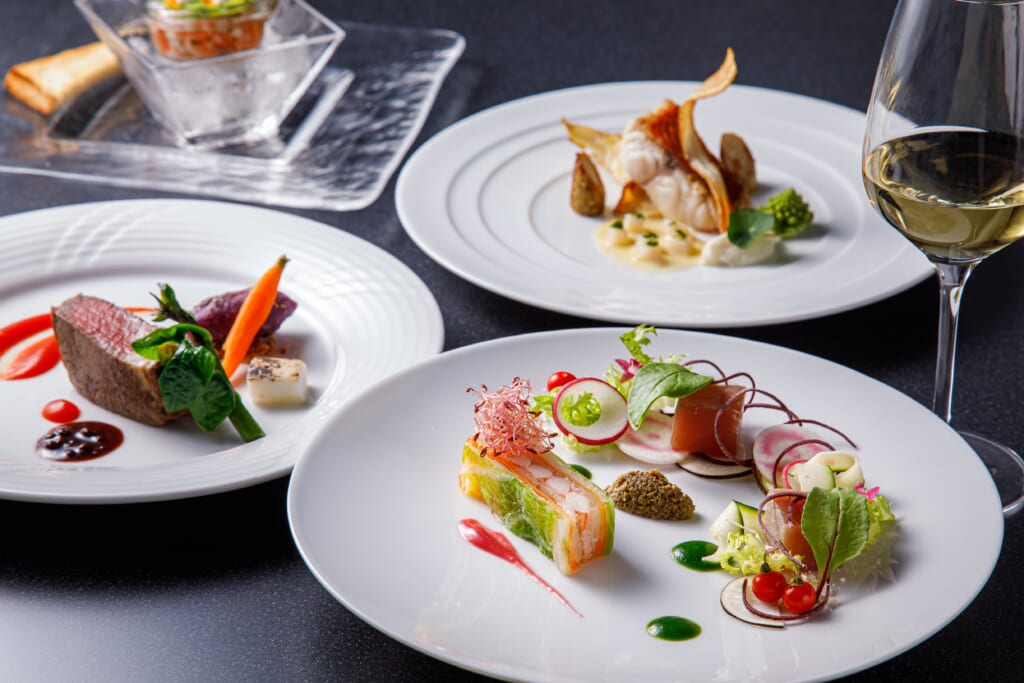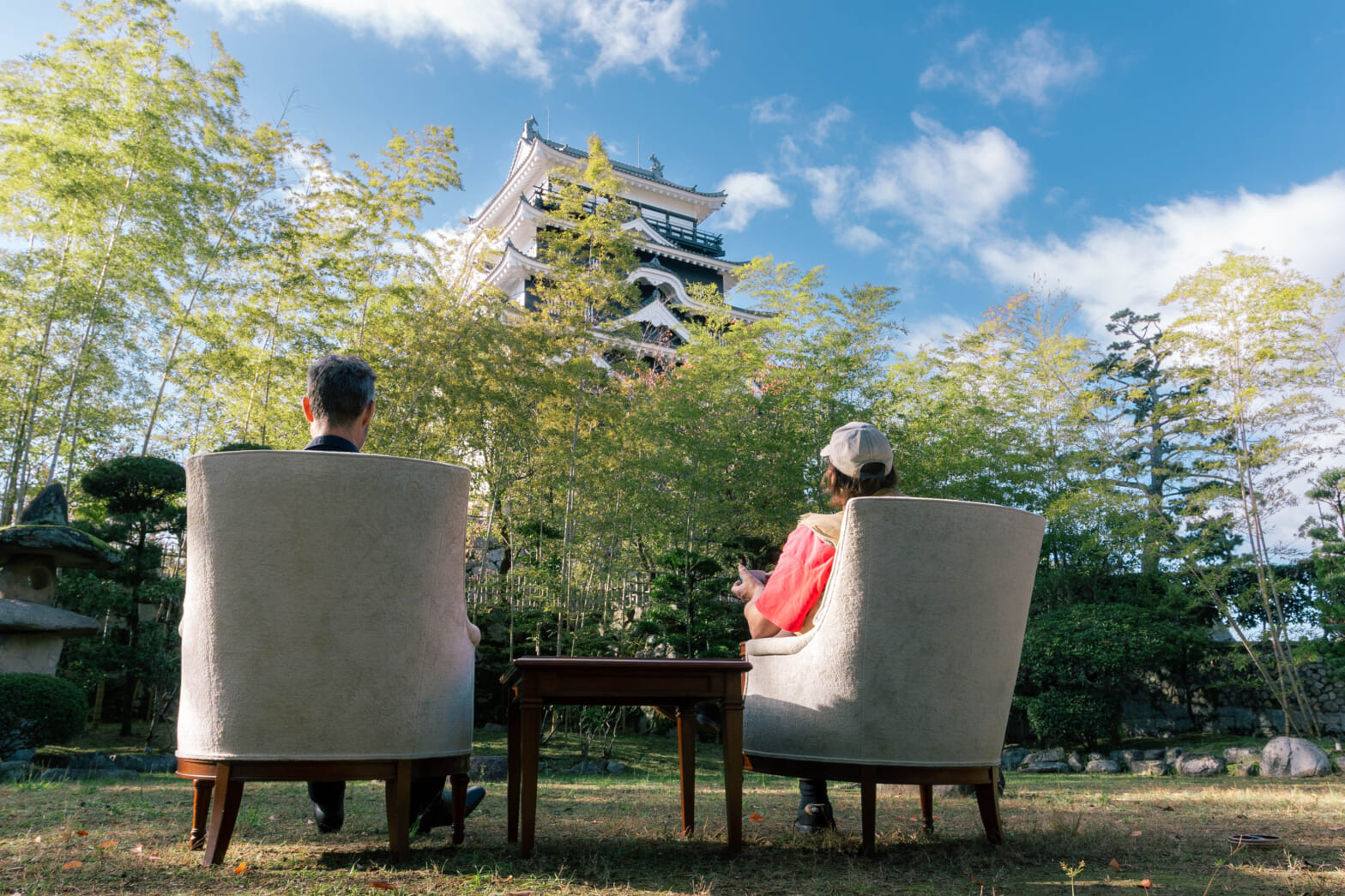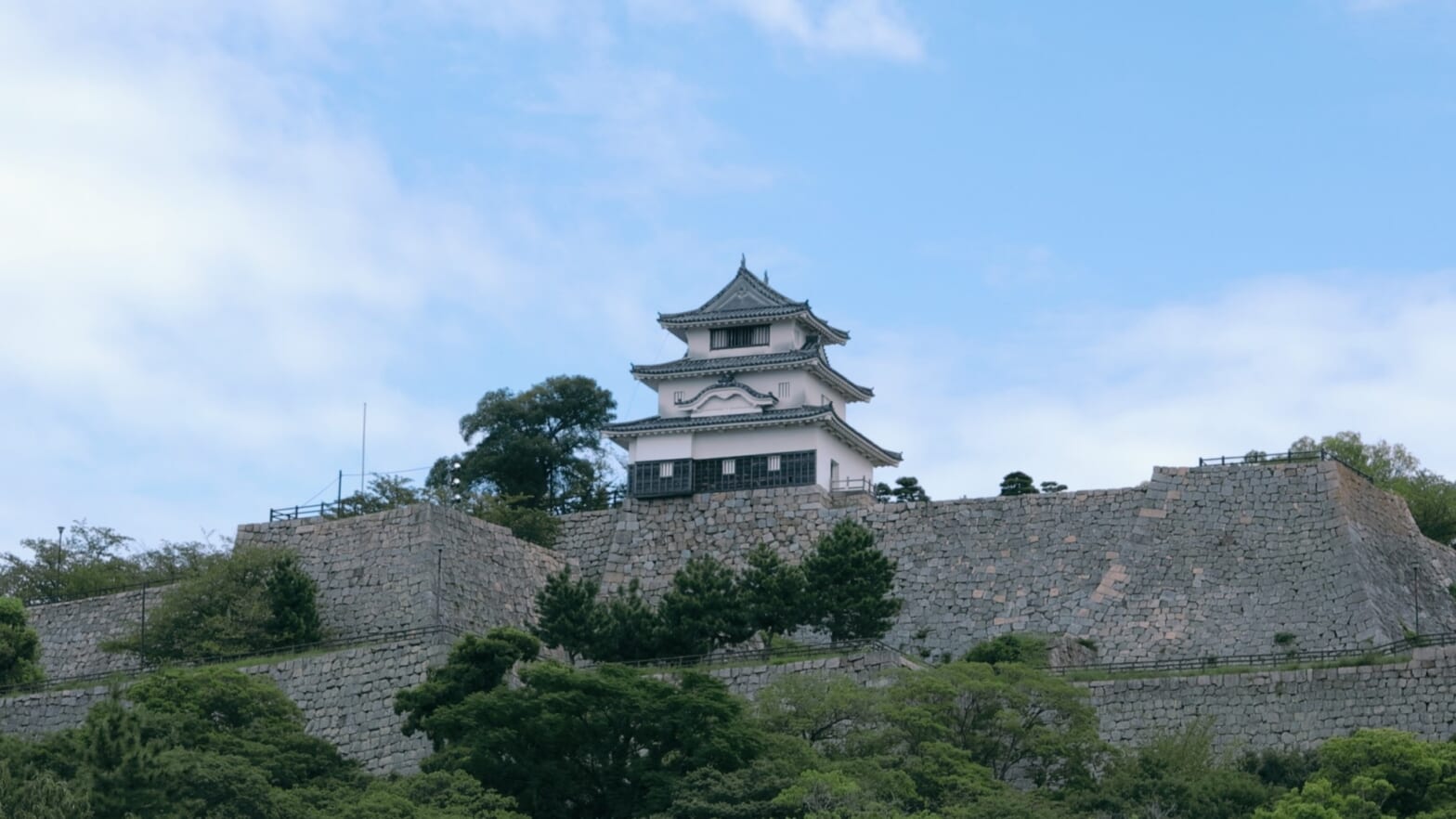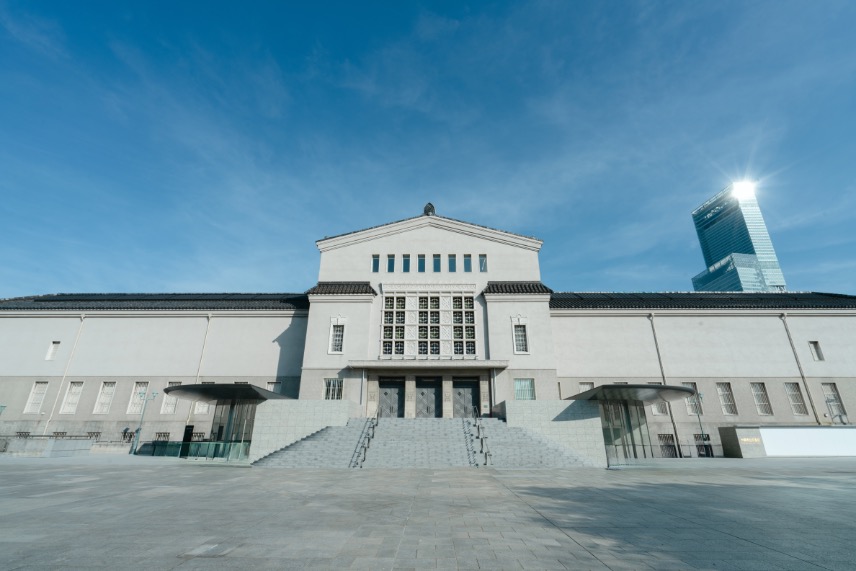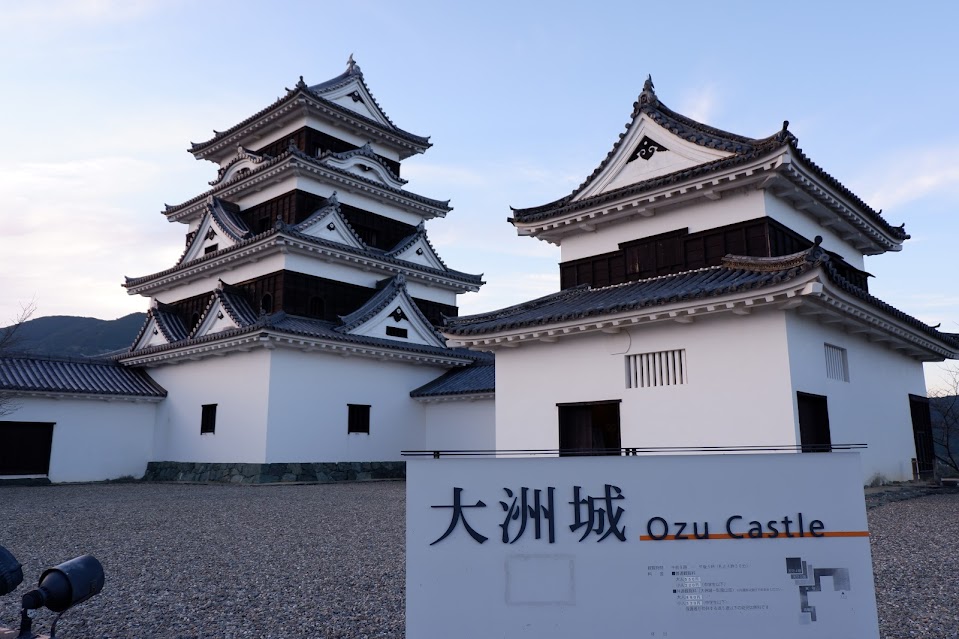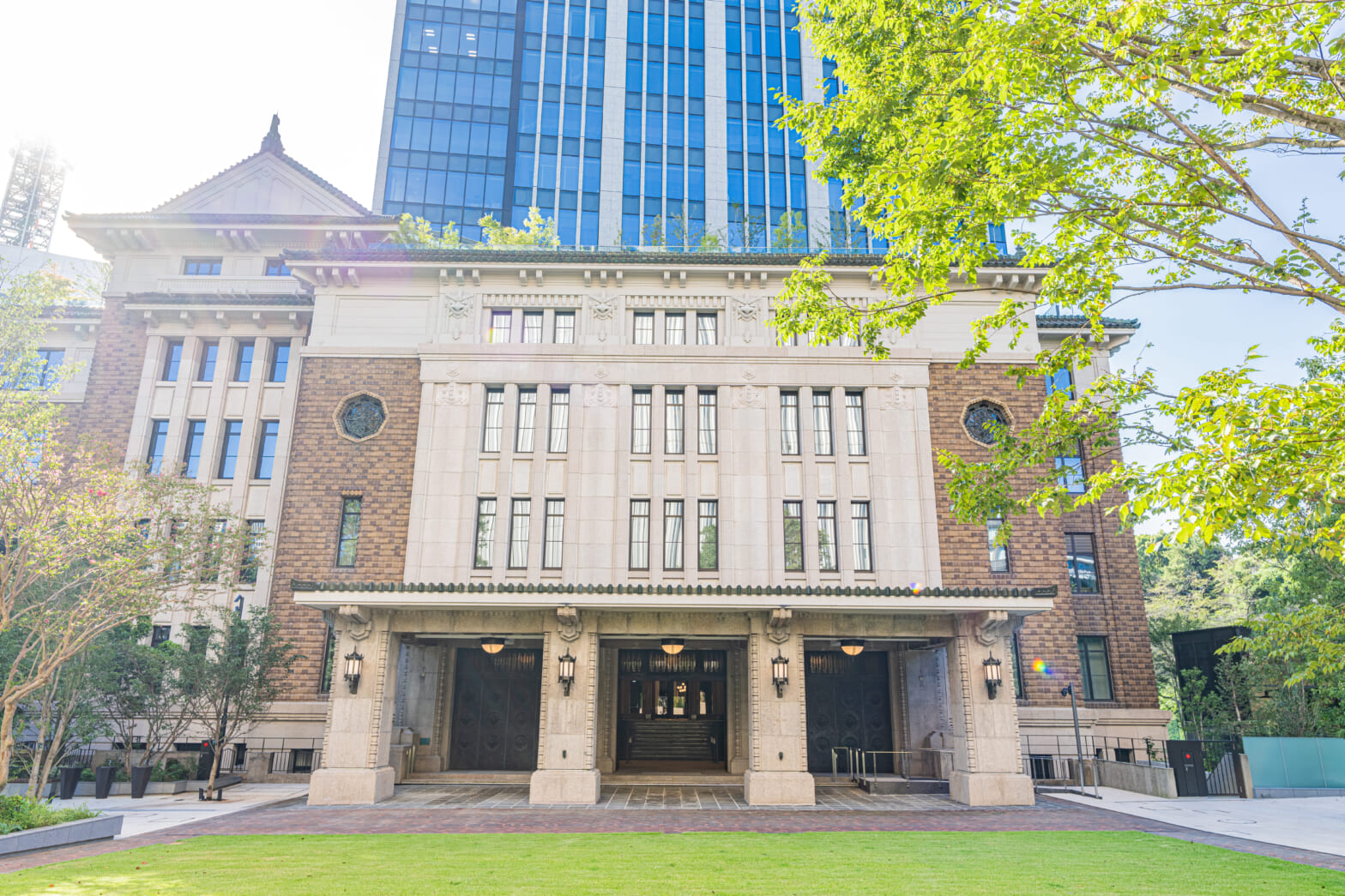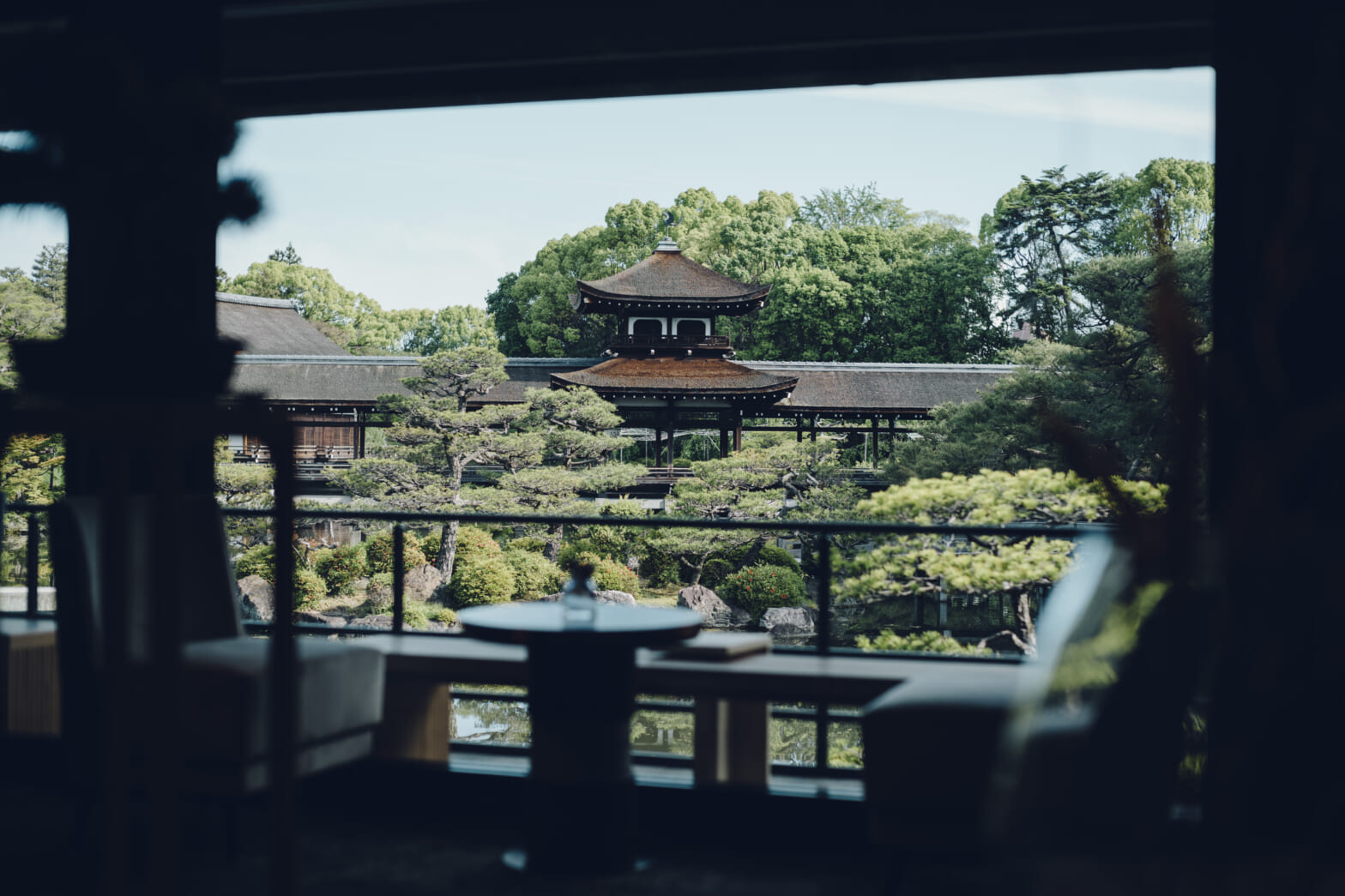Explaining the Advantages and Disadvantages of Holding Banquets at Historic Buildings
2025.7.3
column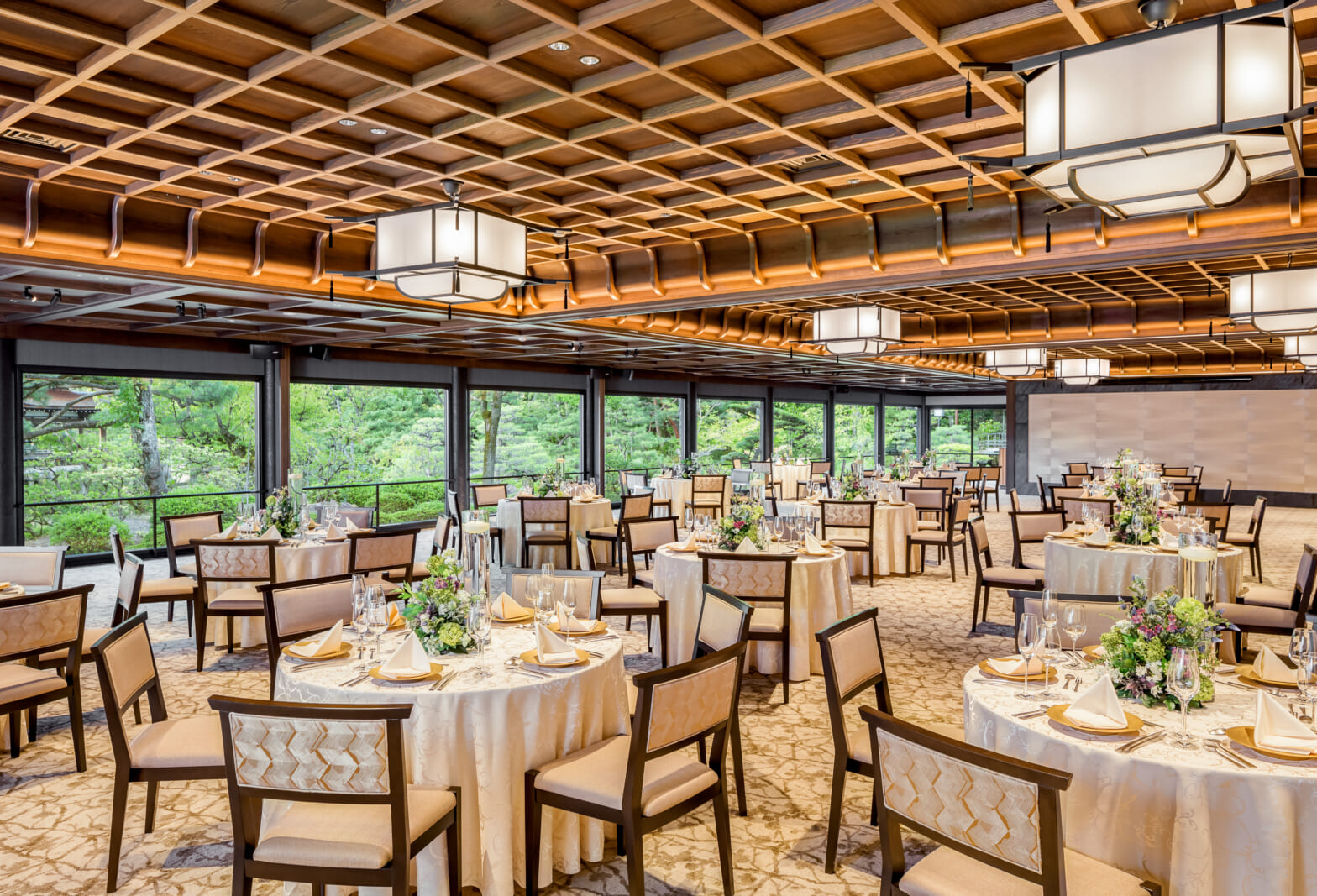
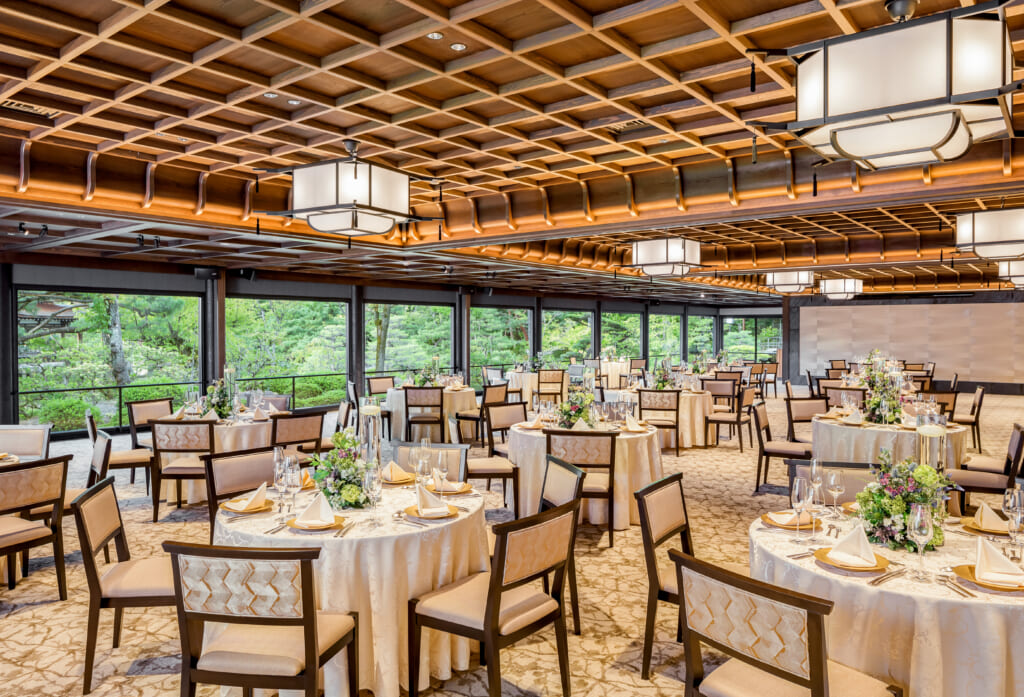
Japan is home to numerous historic buildings of significant historical and cultural value. By leveraging the unique features and charm of these structures as Unique Venues, it is possible to create truly special experiences that cannot be found elsewhere.
In this article, we will provide a detailed explanation of the advantages and disadvantages of using historic buildings as banquet venues.
Table of Contents
- Explaining the Appeal and Advantages of Historic Buildings as Banquet Venues
- Explaining the Limitations and Disadvantages of Their Use
- Introducing 6 Recommended Banquet Venues
- Reservation Process
- Creating Special Moments in Historic Buildings
The Appeal and Benefits of Using Historic Buildings as Banquet Venues
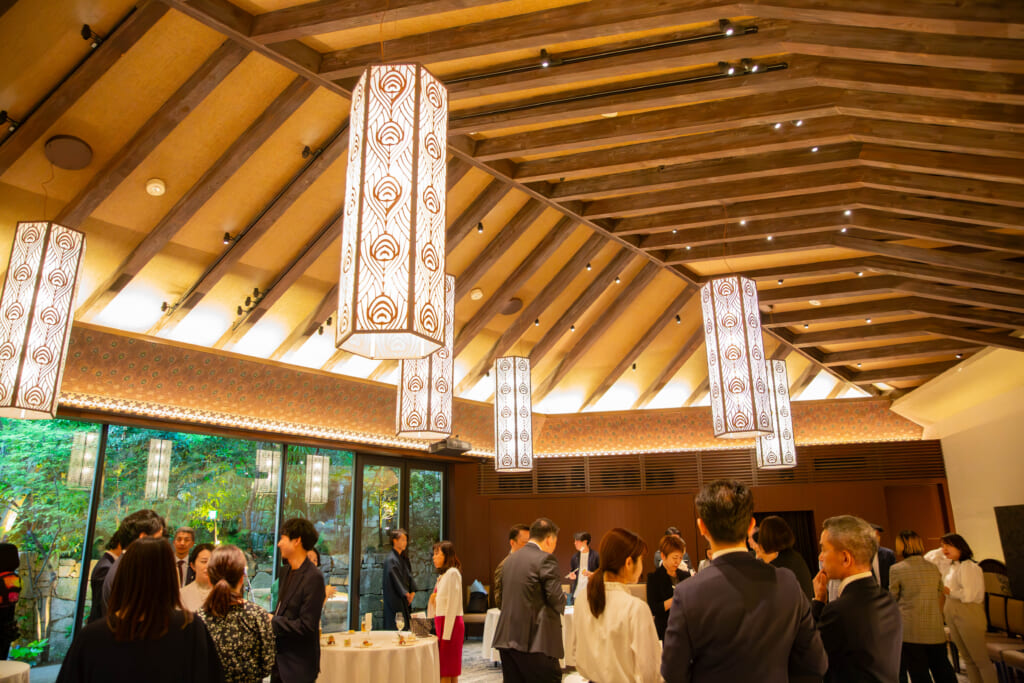
Using historical buildings as banquet venues offers a unique experience and value that typical venues cannot provide. There are various benefits, including cultural and social significance as well as positive impacts on the local community. Among them, here are four key points to highlight.
〈Offering an Extraordinary Experience〉
Historical buildings provide a rich, majestic atmosphere that cannot be experienced in everyday life, allowing guests to enjoy a truly special setting.
〈Experiencing Culture and History〉
The buildings themselves embody the history and culture of the region, offering participants an inspiring and educational experience.
〈Effective for Promotion and Attraction〉
These memorable venues stand out in photos and create lasting impressions, differentiating events from others. This encourages sharing on social media, which in turn contributes to corporate promotion.
〈Contribution to the Local Community〉
Using historical buildings plays an important role in their preservation and maintenance. It also holds great social significance by deeply connecting with local culture and history. Additionally, it allows companies to visibly demonstrate their commitment to social responsibility.
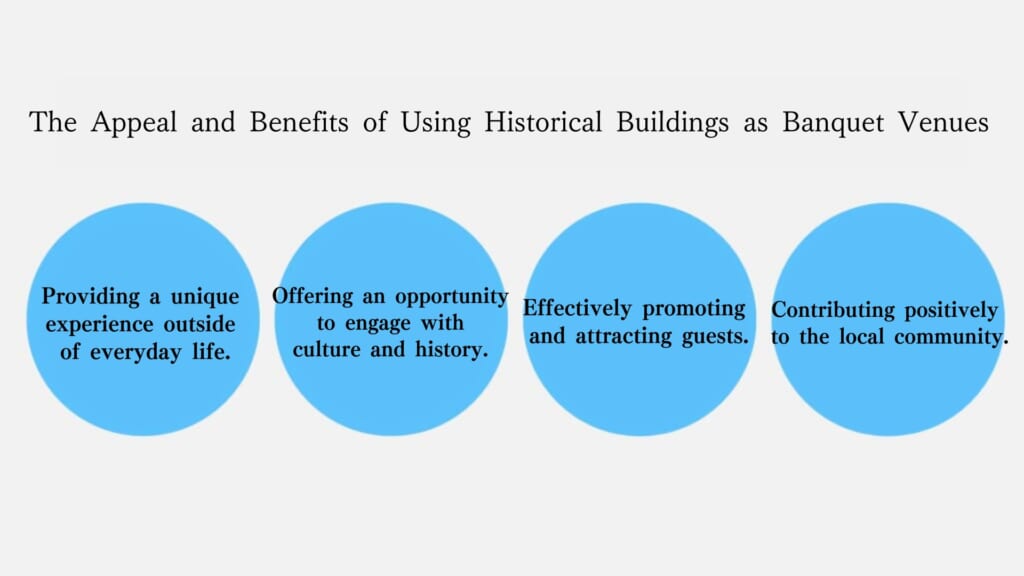
Explanation of Restrictions and Disadvantages When Using Historical Buildings
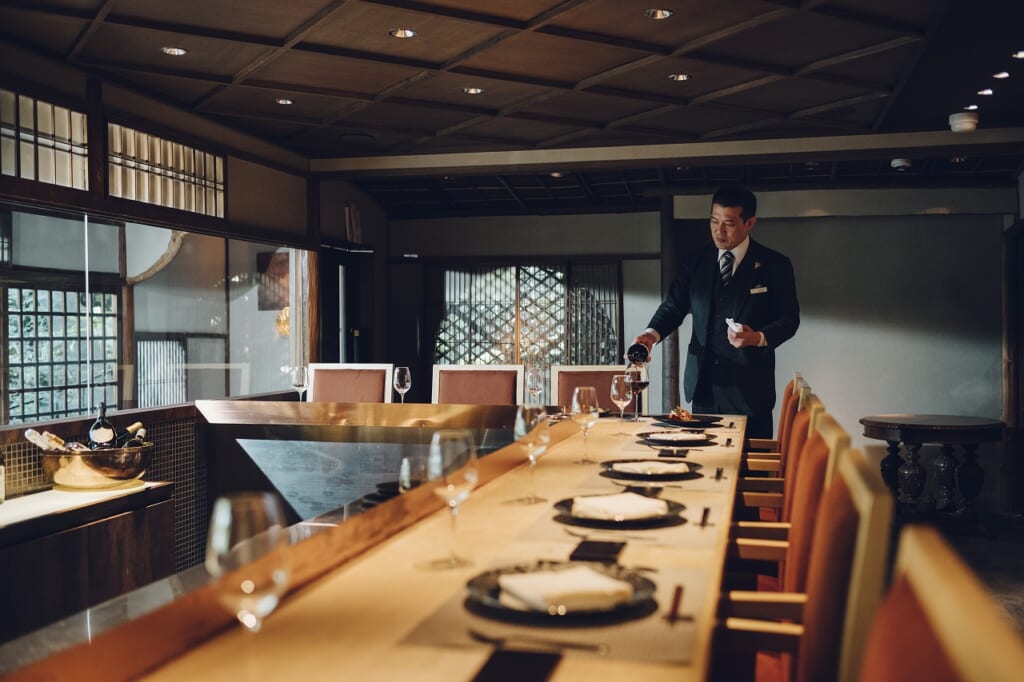
When using historical buildings as banquet venues, special care is required to protect both the building and its historical value, often to a greater extent than with ordinary venues. As a result, there may be certain inconveniences or additional efforts involved. It is important to fully understand these disadvantages in order to make meaningful and effective use of historical buildings. Below are the main disadvantages to consider.
〈Restrictions for Building Preservation〉
There may be limitations on decorations (such as attaching items to walls) or bringing in heavy equipment. The use of fire may also be prohibited, which could restrict certain types of performances or presentations.
〈Facility Limitations〉
Compared to modern banquet halls, historical buildings may lack sufficient Wi-Fi, air conditioning, sound systems, or accessibility features such as barrier-free access.
〈Tendency for Higher Costs〉
Due to their historical value, rental fees are often higher. Additional costs may also arise for renting extra equipment to compensate for facility shortcomings.
〈Weather and Location Challenges〉
Poor heating or cooling efficiency may make events more vulnerable to weather conditions. If the building is located in mountainous or remote areas, transportation and accessibility may also pose challenges, requiring careful advance planning.
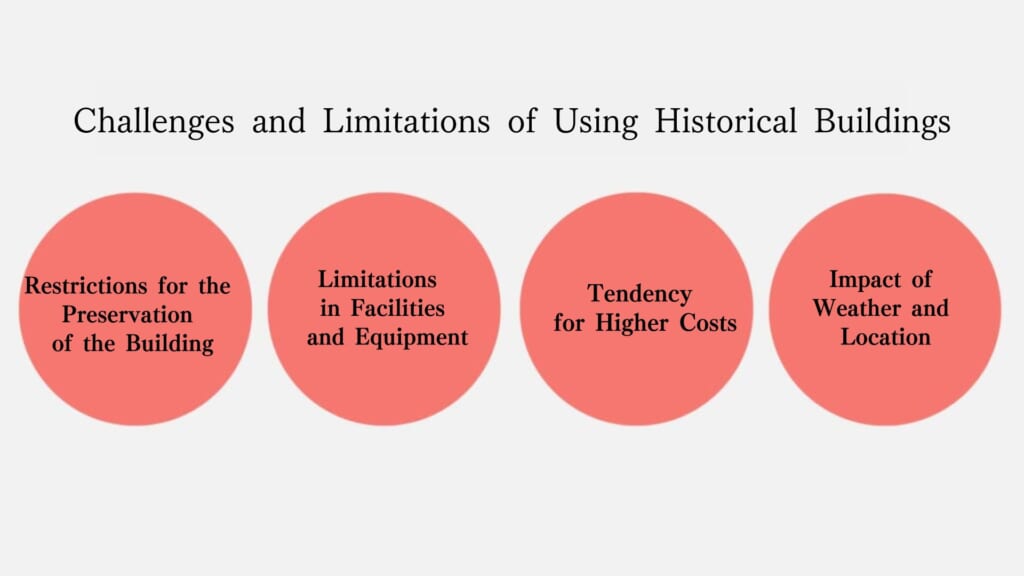
5 Recommended Banquet Venues
〈KUDAN-KAIKAN TERRACE〉
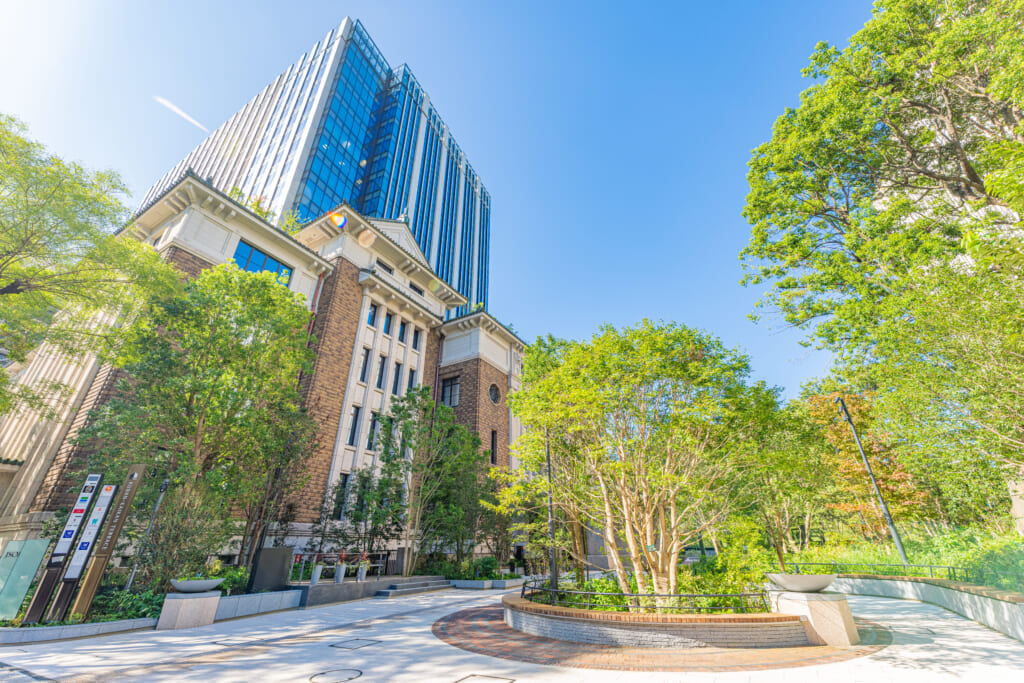
-Tokyo | Chiyoda Ward, Capacity: up to 50 people
Opened in 1934 and designated as a Registered Tangible Cultural Property, Kudan Kaikan Terrace has welcomed many visitors over the years. The glass-walled café space offers a panoramic view of Tokyo’s Kudanshita nightscape, and can be rented out for private parties.
For more details on Kudan Kaikan Terrace, click here.
〈Yamamoto Noh Theater〉
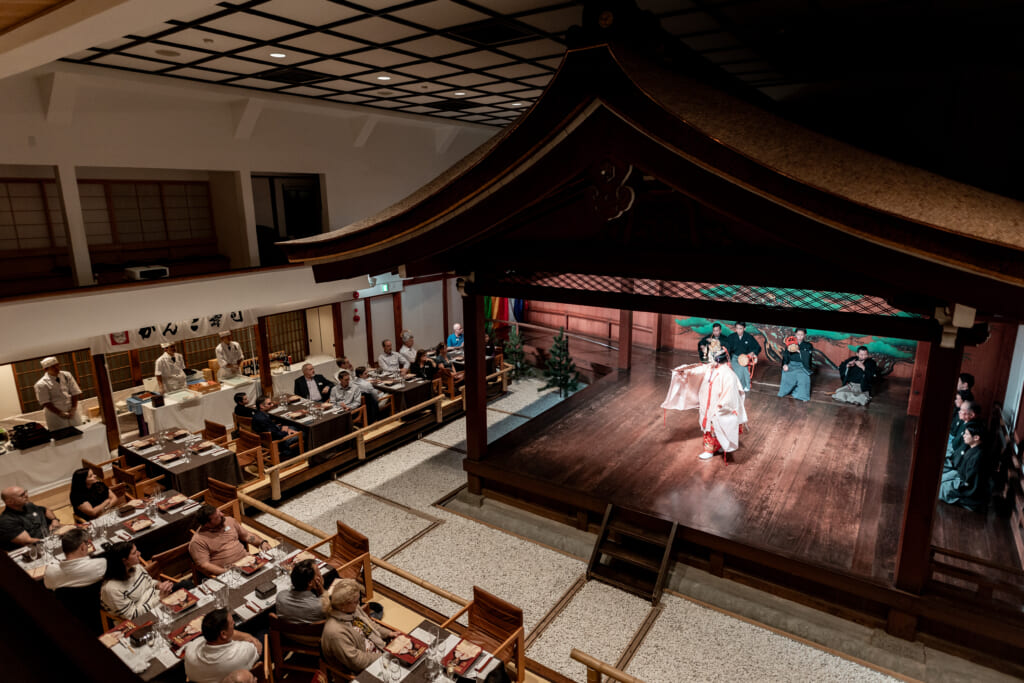
-Osaka | Osaka City, Capacity: up to 100 people
Located in the heart of Osaka’s business district, Yamamoto Noh Theater is a nationally registered tangible cultural property. It can be used for a variety of purposes, including exhibitions, conferences, and private parties.
For more details on Yamamoto Noh Theater, click here.
〈HEIAN JINGU SHRINE Restaurant & Banquet Hall〉
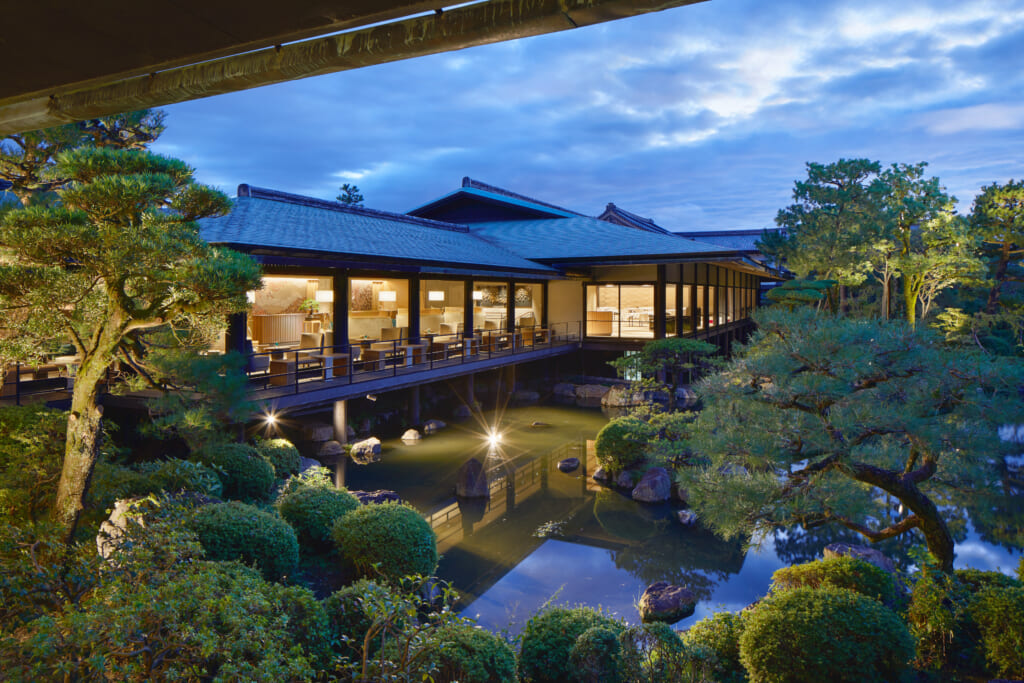
-Kyoto | Okazaki, Capacity: up to 200 people
Renovated and reopened in 2018, Heian Jingu Kaikan is located adjacent to the nationally designated scenic garden Shin’en. The venue features two banquet halls and a lobby lounge, offering flexible options from small gatherings to full-facility private rentals for a wide range of events.
For more details on Heian Jingu Kaikan, click here.
〈Houkanji Temple and Yasaka Pagoda〉
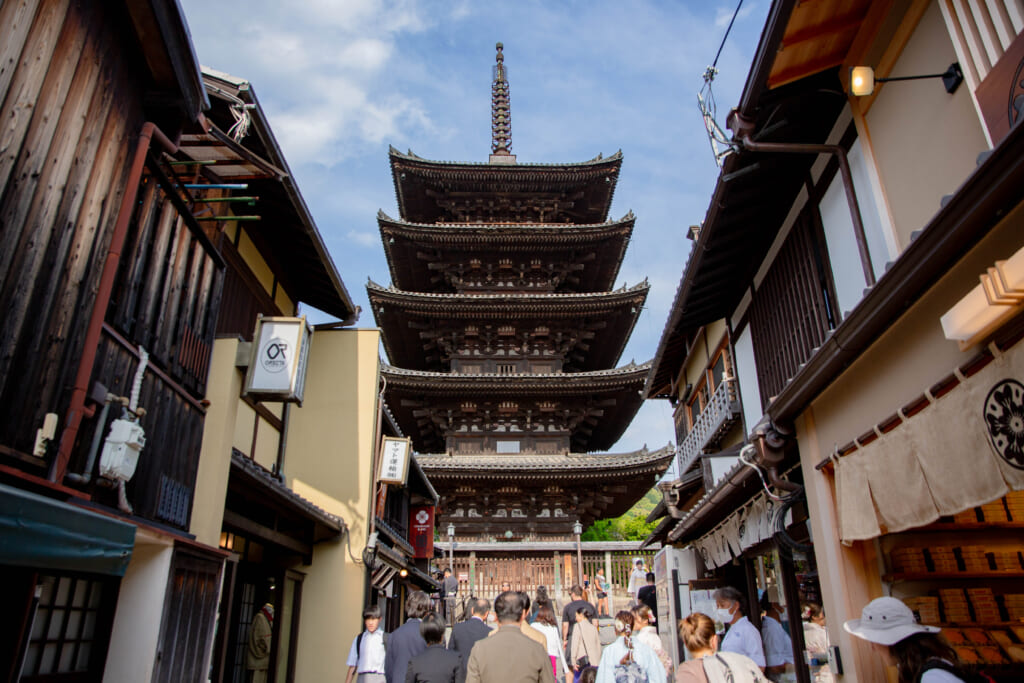
-Kyoto | Higashiyama, Capacity: up to 50 people
Known as Yasaka Pagoda, this is Kyoto’s oldest five-story pagoda and one of the city’s most historic landmarks. The grounds can be used for various events such as aperitif parties, making use of its unique setting.
For more details on Hōkan-ji (Yasaka Pagoda), click here.
〈Kodaiji Temple Gesshin-in〉
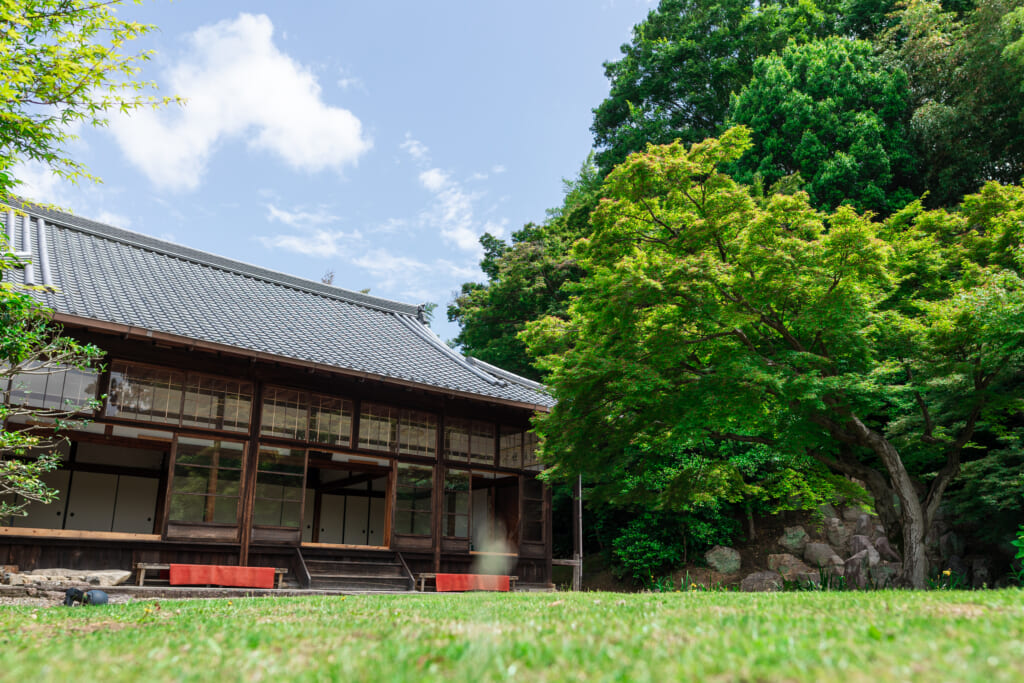
–Kyoto | Higashiyama, Capacity: up to 50 people
Founded in 1616 (Genna 2) by Kyuurin, a relative of Toyotomi Hideyoshi, Gesshin-in is a sub-temple of Kodaiji, belonging to the Rinzai Zen sect of Kenninji school. With over 400 years of history, the venue offers experiences such as tea ceremonies and Zen meditation.
For more details on Kodaiji Gesshin-in, click here.
〈the Hillside Kobe〉
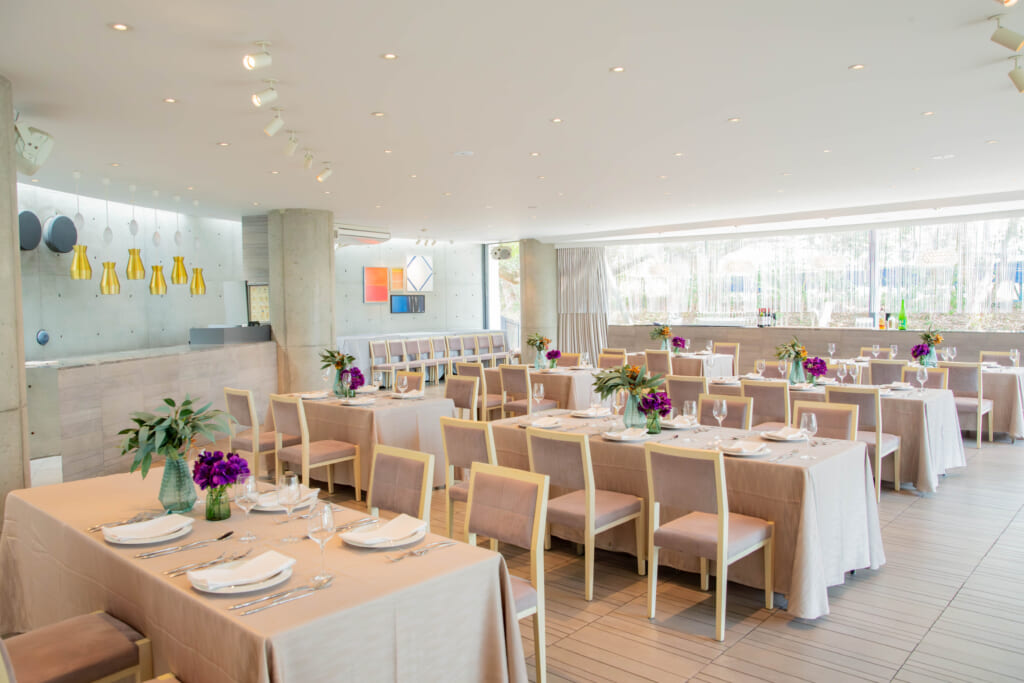
-Hyogo | Rokko, Capacity: up to 100 people
Designed by renowned architect Tadao Ando, The Hillside Kobe features a beautifully balanced space where light and greenery harmonize. The interior offers a simple yet warm and luxurious atmosphere, providing a special and private setting tailored to various event purposes.
For more details on The Hillside Kobe, click here.
Reservation Process
At UNIQUE VENUES OF JAPAN, we feature carefully selected unique venues such as historical buildings from all across Japan. From event planning and venue arrangements to on-the-day operations, we provide one-stop support to ensure a seamless experience.
1, Select a Venue
On the “Venue List” page of our official website, you can browse venues by atmosphere, location, capacity, and other criteria.
2, Contact Us
Please contact the VMG General Inquiry Desk (0120-210-289) or use the inquiry form on our website.
3, Consultation
Our representative will contact you to discuss your event details, usage options, and schedule, and we will create a plan together.
4, Reservation Confirmation
Your reservation will be confirmed once the deposit payment has been received.
Create a Special Moment at a Historical Venue
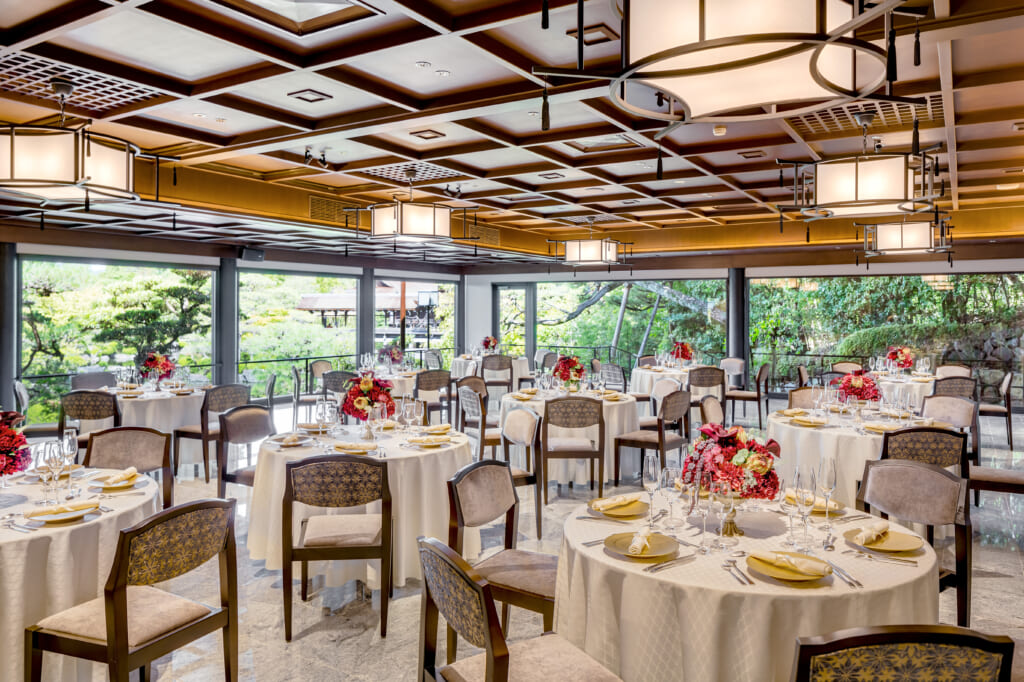
We hope this has given you a better understanding of the appeal of using historical buildings—rich in Japanese culture and history—as banquet venues, as well as important points to consider.
If you are even slightly interested, our concierge would be happy to work with you to explore how these historical venues can be used for your special event.
Why not create a unique and unforgettable moment, taking full advantage of Japan’s culture and history?
ー Want to learn more?
PLACE
Find a venue
Spend time with your loved ones,
at a one-of-a-kind location
where you can experience Japanese culture.


